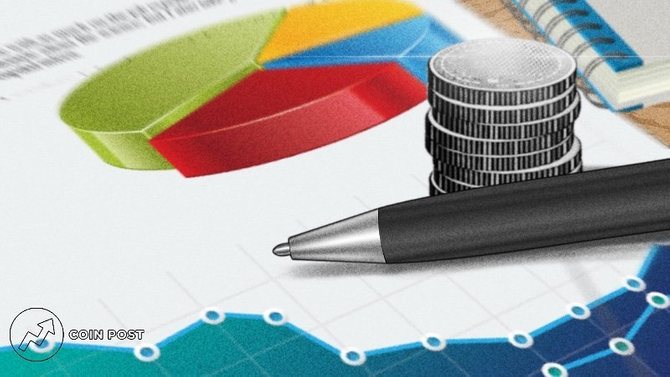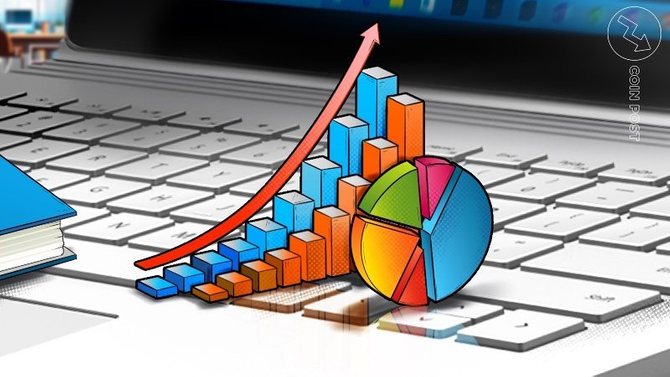
Today, in most developed countries of the world, the economic activity of society is organized according to the principle of a market economy. Of course, underdeveloped states continue to exist, in which there is a traditional or command model of economic relations, but in the era of globalization, even in them, the foundations of a free market begin to emerge (we do not take into account closed totalitarian formations like North Korea).
Such processes are quite natural, as countries with developed market economies show by their example how effective and useful it can be both for the state as a whole and for an individual.
In this article, we will analyze in detail what the market model of the economy is, what positive and negative sides it has, what it is characterized by and by what rules it works.
- What is a Market Economy
- Characteristics of a Market Economy
- Signs of a Market Economy
- Examples
- Market Economy: Pros and Cons
What is a Market Economy

A market economy is a kind of economic system that operates on the principles of free competitive entrepreneurship, private property, contractual relationships between market entities and limited government influence on their activities.
The main engine of such a system is the desire of its elements to obtain maximum benefit.
The constituent parts of a market economy are markets for goods, services and resources (including labor). The main actors in this are producers and consumers, as well as the elements connecting them in the form of suppliers and distributors.
Characteristics of a Market Economy

The main feature of today's market economy is the presence of a variety of peacefully coexisting interconnected markets. Moreover, an imbalance in one of them can significantly affect other markets or even the entire economy of the country.
Another integral characteristic of this model of economic relations is the presence of economic self-determination in all cells of society, that is, freedom in choosing a way to make money and realize their potential.
Also, the market economy leads to self-regulation of social production. The subjects themselves choose what and for whom to produce, making decisions based on how beneficial it is.
As for those who cannot adapt to such a pattern of commodity-production relations, they are gradually leaving the market — in this way, it self-purifies under the influence of natural competition. At the same time, the state does not interfere in the relationship of economic entities, but determines the rules by which it works and monitors their implementation.
True, the last rule is not always observed in countries with emerging economies and thriving corruption, as a result, individual market players receive privileges, often enshrined in legislation. At the same time, all sorts of restrictions and barriers are created for other entities — this is how monopolies arise.
How the market economy works, you can learn in detail from the video below:
Signs of a Market Economy

To make sure that the economic system under consideration is a market one, you need to analyze it for the following signs:
- Private ownership of movable and immovable property is one of the prerequisites for obtaining financial independence by market participants and the possibility of them playing an active and even leading role in the state economy;
- Administrative independence of economic entities and freedom of entrepreneurial activity — business entities themselves decide what to produce or what services to provide, in what volumes and at what price to sell. Also, participants in a free market system independently choose with whom and on what conditions to have contractual relations (with suppliers of raw materials, carriers of products, distributors, etc.). In addition, the entrepreneur is the full owner of the results of his activities;
- The orientation of manufacturers to the buyer, the presence of competition and market pricing are necessary conditions for self-regulation of the market, which is also an important characteristic of a healthy economy;
- The circulation of a significant part of the money takes place in private hands - without this condition, the end consumer ceases to be a reference point for the market. If the money is mainly "spinning" in government structures, producers will serve them, not the population of the country. The state becomes the main economic agent, violating the basic principles of the market economy;
- Diversification — due to the variety of types of entrepreneurial activity, the market economy becomes resistant to fluctuations in the value of any one resource or to a crisis in a particular industry.
Examples

The market model of the economy is inherent in many states of the modern world. However, it cannot be said that the economic system in them is the same, since each of them has distinctive specific features.
For example, an almost pure market economy existed in the United States in the first decades of the 20th century and was called liberal. It featured free enterprise, emphasized healthy competition, minimal government intervention, and investments in markets were largely private.
Subsequently, the American economy has noticeably changed and now there is an indirect regulation of markets through monetary and fiscal levers. At the same time, social differentiation is clearly expressed, since there are segments of the population that the current system cannot provide with high-paying jobs, creating instead acceptable living conditions through subsidies, allowances, etc.
Market models of the economy in Germany and Sweden differ noticeably in this regard, where reducing inequalities in property is one of the important tasks of the state. In particular, the Swedes allocate a significant part of the national income for these purposes, providing the population with jobs, education and insurance.
In a fairly successful English model of a market economy, the condition of focus on the consumer and private property is violated. A significant part of production facilities has a high share of government participation, and government agencies make large purchases and affect market demand.
Japan's market economy differs markedly from all others. Here, the main market player is corporations with a complex internal structure, controlled by a legal entity, behind which is a number of individuals who receive dividends on shares. At the same time, the level of salaries of ordinary employees differs from the top only 5-6 times, in contrast to the same 15-16 in the USA. In addition, the Japanese place an emphasis on concluding long-term employment agreements, obtaining education, providing benefits, improving qualifications and other socially-oriented initiatives.
Well, in some countries where a market economy is supposedly present, only its appearance is created, since the influence of the state on the sphere of business is categorical, and the economy is supported by only a few industries. Venezuela and Russia, whose economies have been largely driven by oil production for a long time, may well be placed in this category.
Market Economy: Pros and Cons

In fact, all of the above characteristics of a market economy are its main advantages. Moreover, its main plus is complete economic freedom. In an ideal society, living according to the rules of the free market, everyone has a chance to realize himself by creating his own business in any legal direction and getting rich on it. At the same time, an ordinary consumer can find a well-paid hired job and afford to buy any goods from the very manufacturer who can satisfy his needs.
True, in real life it turns out that in societies based on a market economy, not everything develops in an exclusively positive way and significant shortcomings are revealed:
- Full economic freedom can both give you the opportunity to get rich in your business and lose your savings on it — only the subject of market relations is responsible for the consequences of all decisions taken, since the state is only an observer here;
- Free markets do not guarantee job availability for the entire working-age population — they provide just as many jobs as required. Other have to independently solve the problem of finding a source of income, and often far away in the most legal way;
- Social inequality is another disadvantage that is present in countries with market economies, since its task is to benefit producers and satisfy consumers, but not to provide social guarantees for all segments of the population. As a result, the bulk of the benefits are concentrated in the hands of those who manage the market, the average entrepreneur, in principle, also has everything he needs, but the working class gets only crumbs of the domestic money supply.
Despite the listed disadvantages, more and more countries are striving to form a market economy, since its presence gives a feeling of freedom and control over their lives.
Cash Flow: Formula, Types, How to Calculate It


